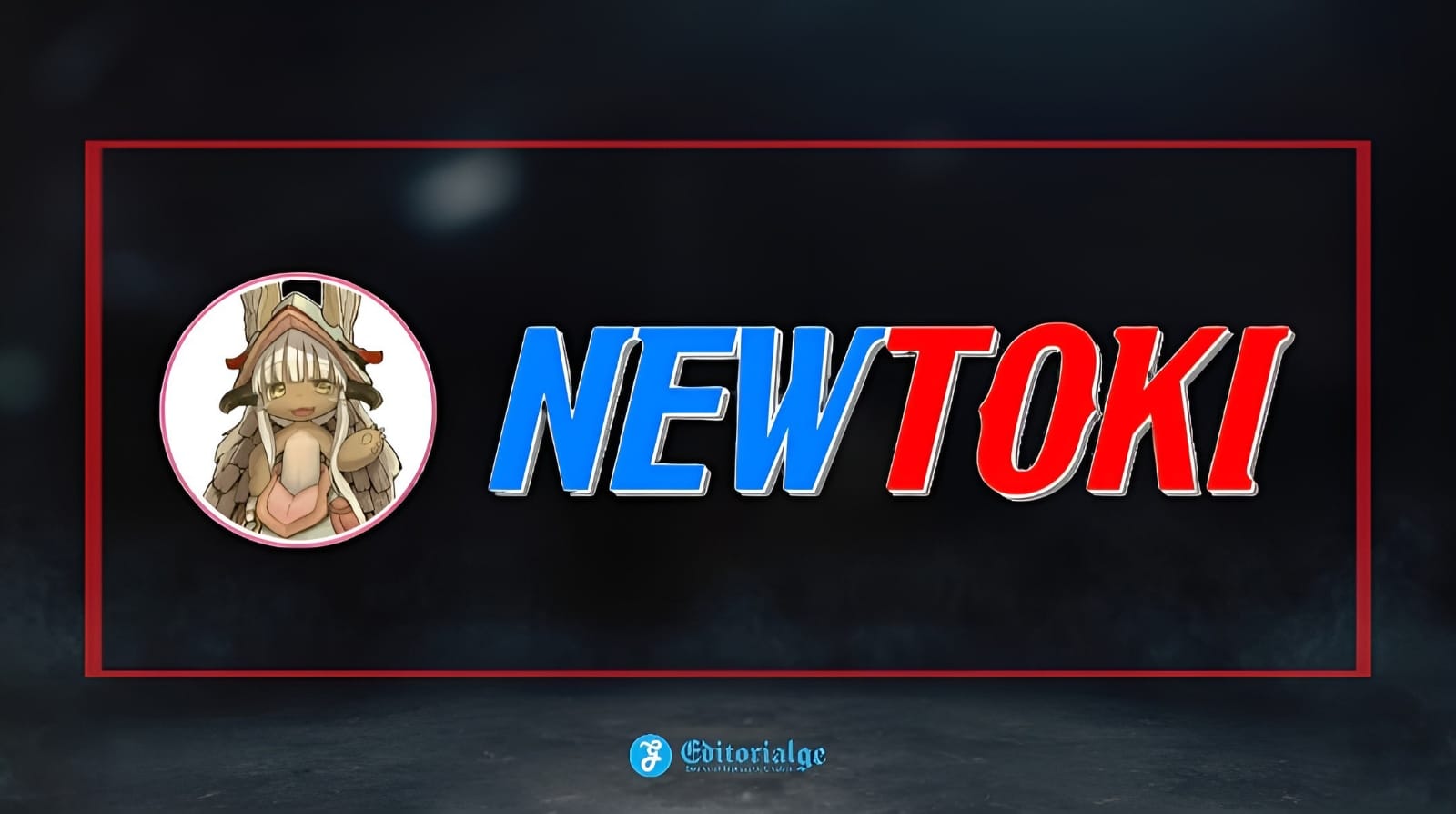The Evolution of Cartoon Storytelling digital storytelling
The Evolution of Cartoon Storytelling digital storytelling
Blog Article

In today's digital age, the art of storytelling has evolved significantly, making way for various innovative formats. Among these, cartoon storytelling forms have gained immense popularity, captivating audiences of all ages. These dynamic narratives combine visual art with engaging plots, allowing for a unique experience that transcends traditional storytelling methods. This article explores the various forms of cartoon storytelling, their impact on audiences, and the techniques that make them effective.
The Evolution of Cartoon Storytelling
Cartoon storytelling has a rich history that dates back to the early 20th century. Initially, cartoons were simple comic strips that appeared in newspapers, often used to comment on social issues or entertain readers with humor. With advancements in technology and media, cartoon storytelling has expanded into animated series, films, and webcomics, providing creators with new platforms to share their stories.
The Rise of Animation
The advent of animation transformed the landscape of cartoon storytelling. From classic animations like Disney's Snow White to modern hits such as Adventure Time, animated cartoons have the power to evoke emotions and convey complex narratives through visual artistry. Animation allows for exaggerated expressions and movements, making characters more relatable and engaging for viewers.
Webcomics and Digital Platforms
With the rise of the internet, webcomics have emerged as a popular format for cartoon storytelling. These comics can be easily shared and accessed online, allowing for a diverse range of topics and styles. Platforms like Cartoon storytelling forms enable creators to reach global audiences, fostering a community of artists and fans. The interactive nature of webcomics also encourages reader engagement, often allowing them to comment and influence future storylines.
Techniques in Cartoon Storytelling
Effective cartoon storytelling relies on a combination of visual and narrative techniques. These elements work together to create a compelling story that resonates with the audience.
Character Development
Strong characters are at the heart of any good story. In cartoon storytelling, character design plays a crucial role in how audiences connect with the narrative. Unique visual styles and distinct personality traits help to create memorable characters that leave a lasting impression. Moreover, character arcs that show growth and development throughout the story enhance viewer investment.
Visual Storytelling
Visual storytelling is essential in cartoons, where images often speak louder than words. The use of color, composition, and movement can convey emotions and themes effectively. For instance, bright colors might evoke happiness, while darker tones can suggest a more serious tone. Additionally, the pacing of visual elements, such as action sequences or quiet moments, can enhance the narrative flow.
The Impact of Cartoon Storytelling
Cartoon storytelling forms have a profound impact on culture and society. They provide a medium through which complex issues can be addressed, from social justice to mental health. By simplifying difficult topics into engaging narratives, cartoons can educate and raise awareness while still entertaining audiences.
Appeal to All Ages
One of the remarkable aspects of cartoon storytelling is its universal appeal. Cartoons can capture the attention of children with their vibrant visuals and simple plots, while simultaneously offering deeper themes that resonate with adult audiences. This multi-layered approach allows cartoons to bridge generational gaps, making them a shared experience for families and friends.
Conclusion
In conclusion, cartoon storytelling forms have transcended their initial purpose of mere entertainment, evolving into a powerful medium for expression and connection. Whether through animated films, webcomics, or traditional comic strips, these narratives continue to engage, educate, and inspire audiences worldwide. As technology advances, the possibilities for cartoon storytelling will only expand, allowing for even more innovative and impactful stories to emerge.
Report this page